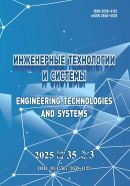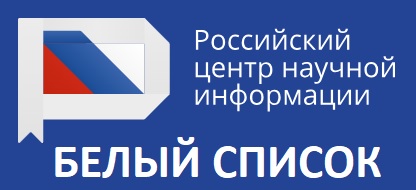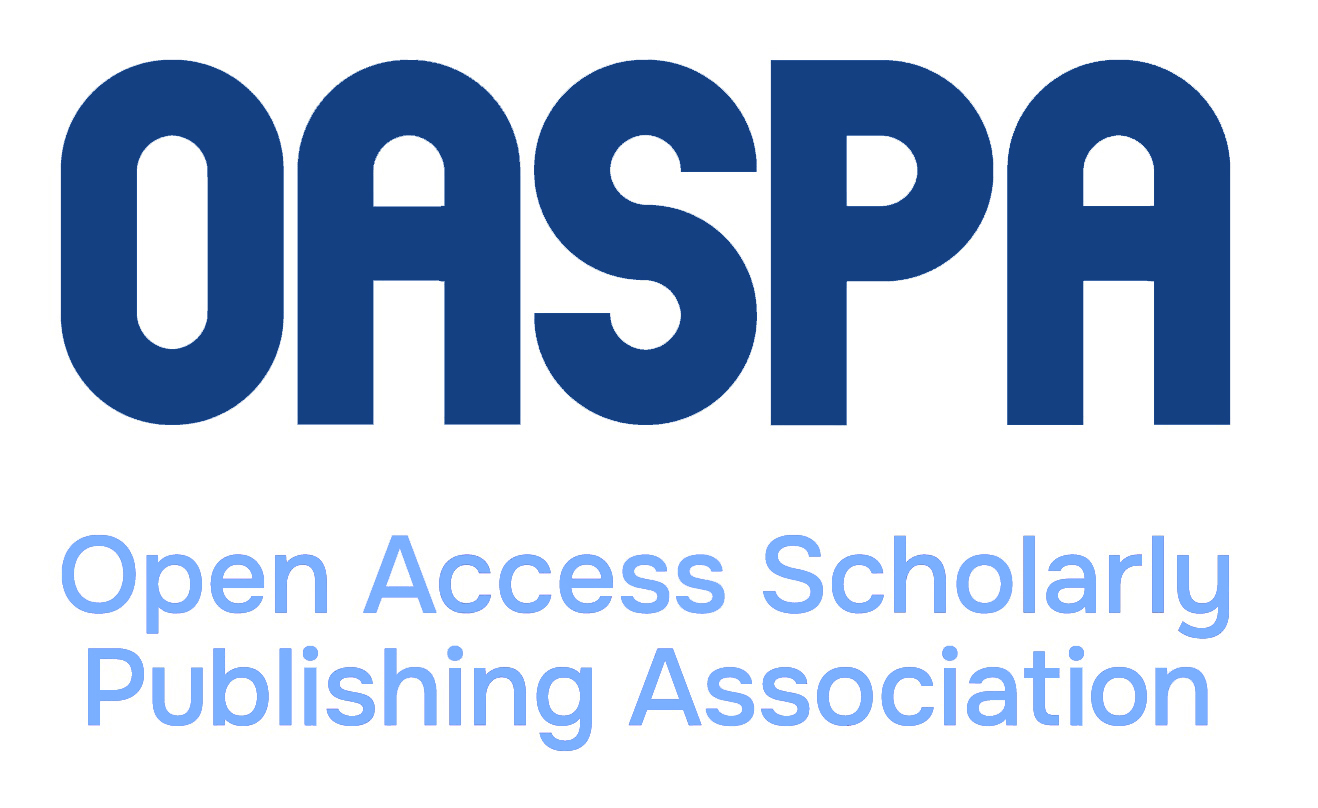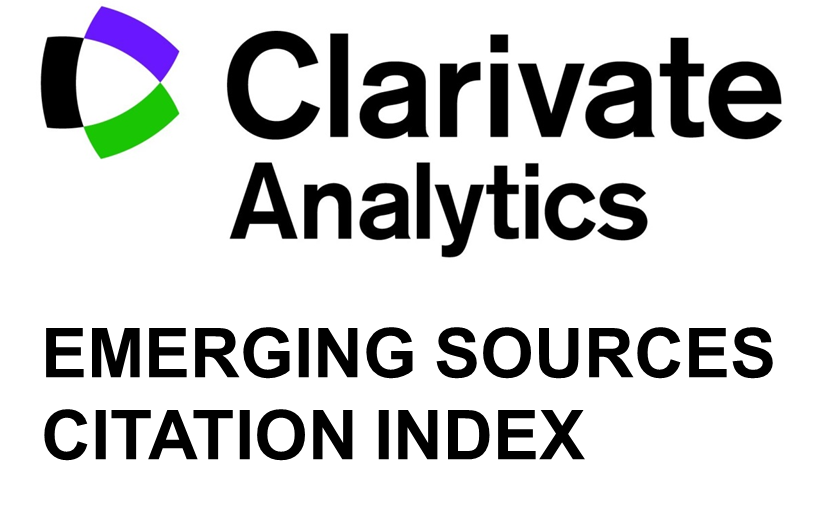UDK 519.6
DOI: 10.15507/2658-4123.029.201904.480-495
Parametric Identification of the Models with Specified Quality Characteristics
Olga G. Kantor
Associate Professor of the Chair of Corporate Finance and Accounting Technologies, Ufa State Petroleum Technological University (1 Kosmonavtov St., Ufa 450062, Russia), Ph.D. (Physics and Mathematics), ResearcherID: O-5136-2015, ORCID: https://orcid.org/0000-0002-3186-3285, ScopusID: 26767794600, This email address is being protected from spambots. You need JavaScript enabled to view it.
Semen I. Spivak
Head of Chair of Mathematical Modeling, Bashkir State University (32 Zaki Validi St., Ufa 450076, Russia), D.Sc. (Physics and Mathematics), Professor, ResearcherID: B-9334-2017, ORCID: https://orcid.org/0000-0002-0911-7446, ScopusID: 16465463600, This email address is being protected from spambots. You need JavaScript enabled to view it.
Nikolay D. Morozkin
Rector of Bashkir State University (32 Zaki Validi St., Ufa 450076, Russia), D.Sc. (Physics and Mathematics), Professor, ResearcherID: D-2570-2019, ScopusID:6603118906, This email address is being protected from spambots. You need JavaScript enabled to view it.
Introduction. The model of a given structure should be identified based on the results of solving the problem of parametric identification. This model should provide the best possible the database development reproduction of the experimental data. The concept of “best” is not strictly structured. Therefore, the procedure for identifying such a model is subject to natural logic and includes the stages of data a determination of a set of acceptable models and subsequent selection of the best of them. If the set of acceptable models is large, the procedure for determining the best one can be time-consuming. In this regard, the development of methods for parametric identification, which at the stage of creating a set of acceptable models allows taking into account the qualitative aspects of the identified dependence, which are of interest to the researcher, is of particular importance.
Materials and Methods. The set of acceptable methods in the problems of parametric identification largely depends on the type of the experimental data. Uncertainty for example, probabilistic and statistical methods are useful if the observed factors are random and subject to any law of probability distribution. If the conditions for the use of such methods are not met, it may be useful to present an approach based on identifying the boundaries of location of the model parameters that ensure the achievement of specified levels of quality characteristics.
Results. The procedure of parametric identification of models is formalized. It is based on the use of maximum permissible parameter estimates and allows one to determining the set of parameter values that guarantee the achievement of the required qualitative level of experimental data description, including from the standpoint of analyzing the impact of changes in accord with requirements to the accuracy of their reproduction. The approbation of the developed method on the example of the construction of a one-factor model of chemical kinetics is presented.
Discussion and Conclusion. It is shown that the obtained value of the chemical reaction rate constant, in accordance with the introduced criteria, provides acceptable accuracy, adequacy, and stability of the identified kinetic model. At the same time, the results of calculations revealed the information that can form the basis for planning experiments carried out in order to improve the accuracy of the experimental data.
Keywords: parametric identification, maximum allowable estimates, approach of L.V. Kantorovich, models’ quality
For citation: Kantor О.G., Spivak S.I., Morozkin N.D. Parametric Identification of the Models with Specified Quality Characteristics. Inzhenerernyye tekhnologii i sistemy = Engineering Technologies and Systems. 2019; 29(4):480-495. DOI: https://doi.org/10.15507/2658-4123.029.201904.480-495
Contribution of the authors: O. G. Kantor – formulation of the basic concept, goals and objectives of the study, calculations, preparation of the text, drawing conclusions; S. I. Spivak – scientific guidance, analysis of the research results, revision of the text, correction of the conclusions; N. D. Morozkin – correction of the literary analysis, revision of the text, correction of the conclusions.
All authors have read and approved the final manuscript.
Received 06.05.2019; revised 06.06.2019;
published online 31.12.2019
REFERENCES
1. Orlov A.I. Some Unresolved Issues in the Field of Mathematical Methods of Research. Zavodskaya laboratoriya = Industrial Laboratory. 2002; 68(3):52-56. (In Russ.)
2. Ionov P.A., Senin P.V., Stolyarov A.V. Modeling of Stress-Strain State in Connection Resource Defines of Volumetric Hydraulic Drive. Vestnik Mordovskogo universiteta = Mordovia University Bulletin. 2018; 28(4):537-551. (In Russ.) DOI: https://doi.org/10.15507/0236-2910.028.201804.537-551
3. Korzhavina A.S., Knyazkov V.S. The Multiplication Method with Scaling the Result for High-Precision Residue Positional Interval Logarithmic Computations. Inzhenernyye tekhnologii i sistemy = Engineering Technologies and Systems. 2019; 29(2):187-204. (In Russ.) DOI: https:// doi.org/10.15507/2658-4123.029.201902.187-204
4. Zhbanova N.Yu., Blyumin S.L. Parametric Identification of Piecewise Linear and Piecewise Non-Linear Multistage Fuzzy Processes. Vestnik Irkutskogo gosudarstvennogo tehnicheskogo universiteta = Irkutsk State Technical University Bulletin. 2016; 20(11):84-93. (In Russ.) DOI: http:// www.doi.org/10.21285/1814-3520-2016-11-84-93
5. Kantorovich L.V. Some New Approaches to Computational Methods and Processing of Observations. Sibirskiy matematicheskiy zhurnal = Siberian Mathematical Journal. 1962; 3(5):701-709. (In Russ.)
6. Alefeld G., Mayer G. Interval Analysis: Theory and Applications. Journal of Computational Applied Mathematics. 2000; 121(1-2):421-464. (In Eng.) DOI: https://doi.org/10.1016/S0377-0427(00)00342-3
7. Kearfott B., Nakao M., Neumaier A., et al. Standardized Notation in Interval Analysis. Vychislitelnye tehnologii = Computational Technologies. 2010; 15(1):7-13. Available at: http://www.ict.nsc.ru/jct/annotation/1345 (accessed 20.10.2019). (In Eng.)
8. Moore R.E. Interval Analysis. Journal of the Franklin Institute. 1967; 284(2):148-149. (In Eng.) DOI: https://doi.org/10.1016/0016-0032(67)90590-X
9. Kumkov S.I. Processing of Experimental Data on the Ionic Conductivity of the Expanded Electrolyte by Interval Analysis Methods. Rasplavy = Melts. 2010; (3):79-89. (In Russ.)
10. Oskorbin N.M., Zhilin S.I., Sukhanow S.I. Interval Approach to Assessment of Geodata Consistency Andaccuracy. Geodeziya i kartografiya = Geodesy and Cartography. 2011; (11):12-16. Available at: https://geocartography.ru/archive/2011-november (accessed 20.10.2019). (In Russ.)
11. Sukhanov V.A. Empirical Dependence Research: A Non-Statistical Approach. In: Collection of Scientific Articles. Oskorbin N.A., Kuzmin P.I. (Eds.). Barnaul: Altai University Publ.; 2007. p. 115-127. (In Russ.)
12. Brereton R.G., Jansen J., Lopes J., et al. Chemometrics in Analytical Chemistry – Part I: History, Experimental Design and Data Analysis Tools. Analytical and Bioanalytical Chemistry. 2017; 409(25):5891-5899. (In Eng.) DOI: http://www.doi.org/10.1007/s00216-017-0517-1
13. Brereton R.G., Jansen J., Lopes J., et al. Chemometrics in Analytical Chemistry – Part II: Modeling, Validation, and Applications. Analytical and Bioanalytical Chemistry. 2018; 410(26):6691-6704. (In Eng.) DOI: http://www.doi.org/10.1007/s00216-018-1283-4
14. Kantor O.G., Spivak S.I., Talipova R.R. Parametric Identification of Mathematical Models of Chemical Kinetics. Sistemy i sredstva informatiki = Informatics Systems and Tools. 2017; 27(3):145-154. (In Russ.) DOI: https://doi.org/10.14357/08696527170312
15. Spivak S.I., Timoshenko V.I., Slinko M.G. Methods of Construction of Kinetic Models of Stationary Reactions. Khimicheskaya promyishlennost segodnya = Chemical Industry Today. 1979; (3):33-36. (In Russ.)
16. Yablonskiy G.S., Spivak S.I. Mathematical Models of Chemical Kinetics. Moscow: Znanie Publ.; 1977. 64 p. (In Russ.)
17. Pomerantsev A.L., Kutsenova A.V., Rodionova O.Ye. Kinetic Analysis of Non-Isothermal Solid-State Reactions: Multi-Stage Modeling Without Assumptions in the Reaction Mechanism. Physical Chemistry Chemical Physics. 2017; 19(5):3606-3615. (In Eng.) DOI: https://doi.org/10.1039/c6cp07529k
18. Spivak S.I., Ismagilova A.S., Kantor O.G. Areas of Uncertainty in the Mathematical Theory of Measurement Analysis. Sistemyi upravleniya i informatsionnyie tehnologii = Control Systems and Information Technologies. 2014; 58(4):17-21. Available at: http://www.sbook.ru/suit/CONTENTS/140400.pdf (accessed 20.10.2019). (In Russ.)
19. Kantor I.G., Spivak S.I. Quality Estimation of the Chemical Kinetic Models. Izvestiya Ufimskogo nauchnogo tsentra RAN = Proceedings of the RAS Ufa Scientific Centre. 2017; (2):11-17. Available at: http://sciencerb.ru/# (accessed 20.10.2019). (In Russ.)

This work is licensed under a Creative Commons Attribution 4.0 License.

















